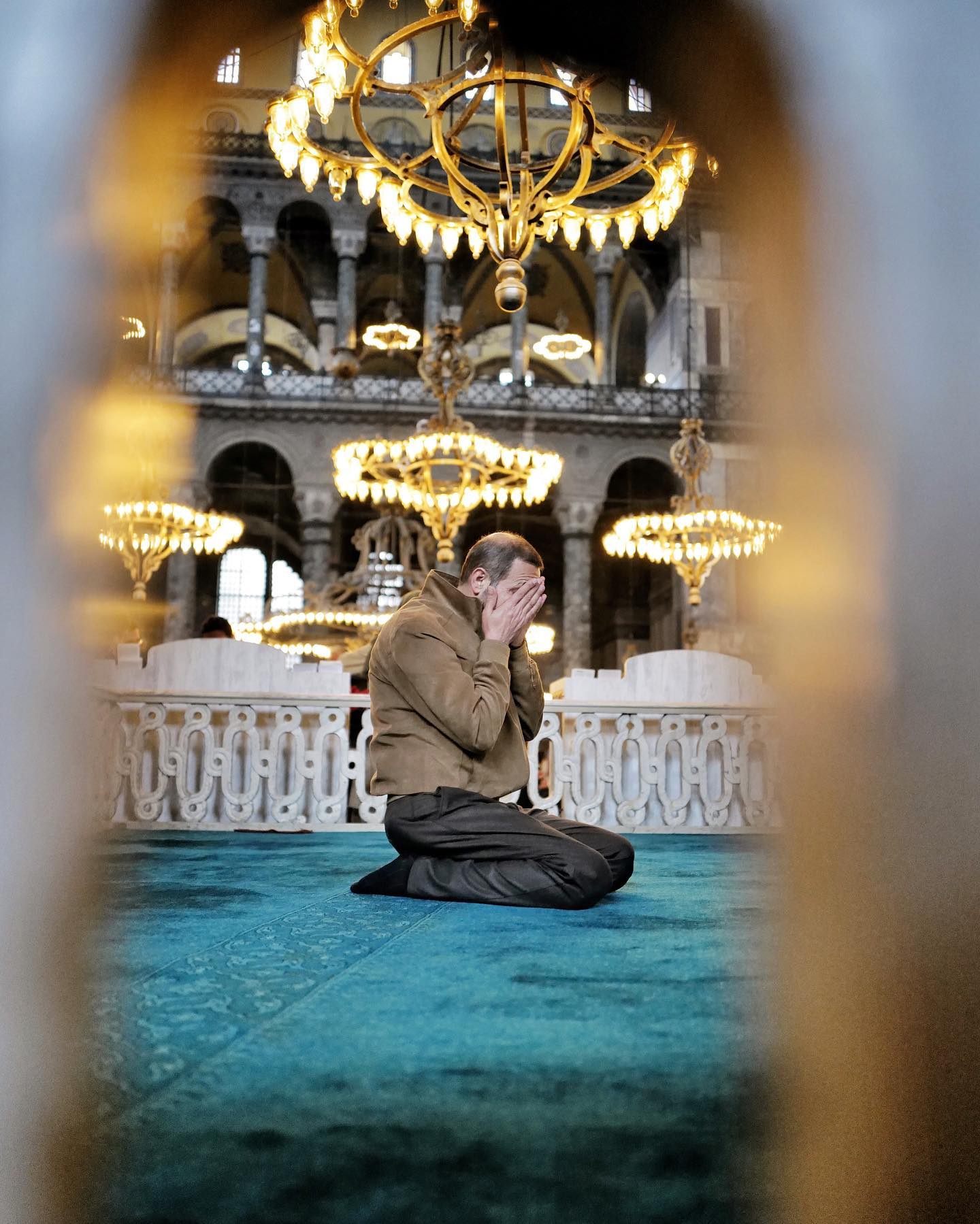Santa Sofía trough the empires: The history and relevance on the present
Santa Sofia: Architectural gem
The history of Hagia Sophia is a story that spans more than fifteen hundred years. From its construction as a church in the 6th century to its conversion into a mosque and its current status as a museum, Hagia Sophia has been a symbol of architectural grandeur and a meeting point of diverse cultural and religious influences.
The Hagia Sophia is an iconic landmark of Istanbul and one of the most impressive architectural treasures in the world. Originally built as a church, then converted into a mosque and currently a museum, the Hagia Sophia combines Byzantine and Ottoman elements in its design. Admire its magnificent domes, its historical mosaics and marvel at the grandeur of this structure.
Hagia Sophia, known as Hagia Sophia in Greek, is one of the most valuable treasures in Istanbul, Turkey. With a history spanning more than fifteen hundred years, this magnificent building has witnessed multiple transformations and has left a deep mark on the history and culture of the city. From its construction as a church in the 6th century to its conversion into a mosque and its current status as a museum, Hagia Sophia has been a symbol of architectural grandeur and a meeting point of diverse cultural and religious influences.
The construction of Hagia Sophia under the Byzantine Empire is a testament to the grandeur and architectural vision of the time. It was commissioned by Emperor Justinian and its construction took place between 532 and 537. The architects Anthemius of Tralles and Isidore of Miletus were responsible for designing this iconic monument.
Hagia Sophia stands out for its innovative architecture and its imposing central dome. The building has a rectangular plan and is crowned by a series of domes, including the central dome that rises majestically. The central dome, with a diameter of more than 30 meters, is supported by four enormous pillars, which gives it a feeling of grandeur and solidity.
In artistic terms, Hagia Sophia is adorned with beautiful mosaics, frescoes and marbles that reflect the sophistication and artistic wealth of the Byzantine Empire. The mosaics, in particular, depict religious scenes and sacred figures, creating a sacred and majestic atmosphere inside the building.
During the Golden Age of the Byzantine Empire, Hagia Sophia became the symbol of the empire’s greatness. It was the place of imperial coronations and important religious ceremonies. Its innovative architecture and rich artistic ornamentation influenced the development of Byzantine architecture and served as a model for numerous churches and cathedrals throughout the empire.
Under the rule of the Ottoman Empire, Hagia Sophia underwent a remarkable transformation. After the conquest of Constantinople in 1453, Sultan Mehmed II ordered the church to be converted into a mosque. This conversion involved the incorporation of Islamic elements and architectural modifications to adapt the building to its new religious purpose.
One of the most significant changes was the addition of minarets, which are tall towers from which the call to prayer is made. Four minarets were built around the Hagia Sophia structure. Islamic decorative elements were also added, such as calligraphy and tiles with inscriptions from the Quran.
These architectural and decorative modifications reflected the influence of the Islamic architectural style and transformed the visual appearance of Hagia Sophia. However, some Christian elements, such as mosaics and frescoes, were covered or removed during this conversion.
The religious and political symbolism of Hagia Sophia as a mosque in the Ottoman Empire was of great importance. The building became a spiritual and cultural center for Ottoman Muslims and was a symbol of the religious and political supremacy of the Ottoman Empire over Constantinople.
The current status of Hagia Sophia is the subject of debate and controversy. After serving as a mosque for several centuries, in 1935 it was converted into a museum by decision of the Turkish government, with the aim of preserving its rich history and opening its doors to people of all religions and cultures. This decision reflected the desire to promote tolerance and unity in a diverse society.
However, in July 2020, the Turkish government announced that Hagia Sophia would once again be used as a mosque and Muslim prayers would be allowed at the site. This measure generated mixed reactions internationally, as Hagia Sophia is an important historical and cultural site that attracts visitors from all over the world.
Culturally, Hagia Sophia is a symbol of Istanbul’s rich history and cultural diversity. Its unique architecture, which combines Christian and Muslim elements, reflects the influence of the Byzantine and Ottoman empires on the city. The surviving mosaics and frescoes offer a fascinating look at the religious and artistic history of the region.
From a tourist point of view, Hagia Sophia remains a must-see attraction for visitors to Istanbul. Its architectural beauty, unique history and privileged location in the heart of the city make it a popular destination. Tourists can explore the interior of the church-mosque-museum and marvel at its impressive design and artistic treasures.












